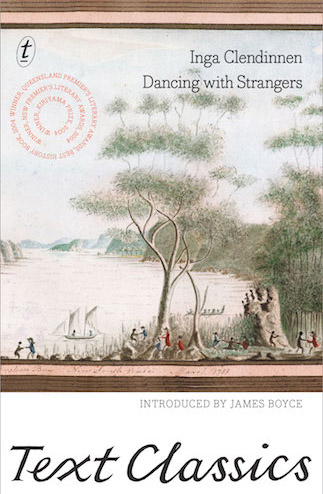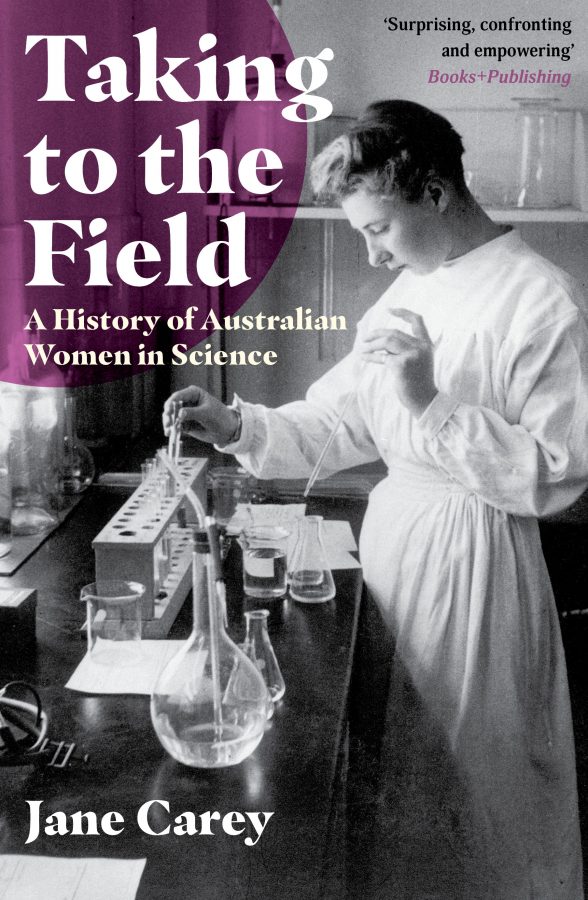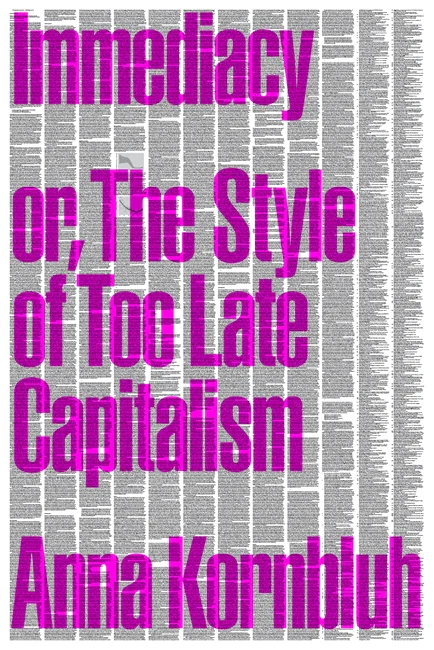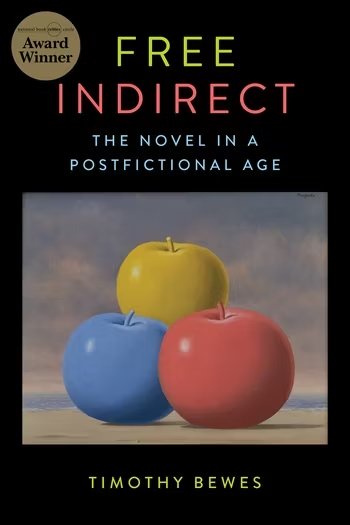The publication of Inga Clendinnen’s Dancing with Strangers in 2003 gave Australia what the country desperately needed for the new millennium: a founding story in which the human beings who encountered each other in 1788 could finally become part of the national imagination.
The French historian and political philosopher Alexis de Tocqueville argued in Democracy in America that, just as the ‘entire man is, so to speak, to be seen in the cradle of the child’, nations too ‘bear some mark of their origin. The circumstances that accompanied their birth and contributed to their development affected the whole term of their being.’ The truth of this observation was already self-evident by the time de Tocqueville visited America in the early 1830s. But what would this idea mean for a convict colony?
There are reasons to be grateful that Australia has lacked the national self-confidence conferred by a founding tale of pilgrim fathers making their home in a promised land under the protection of divine providence. A creation story centred on convicted criminals being exiled to an unfathomable, faraway country has undoubtedly made for a less crudely celebratory conquest of a continent. However, Australia has also been diminished by its circumscribed founding story. Would we collectively have so comprehensively forgotten Aboriginal people in law, culture and history if the nation had followed the United States’ lead and remembered with thanksgiving the indigenous people who helped the white settlers avoid starvation? What depth of meaning would be added to Australia Day barbeques if they reminded people of the cross-cultural campfire feasts of 1788?
Despite the newfound prominence of 26 January, what remains remarkable about the British settlement of Australia is how few consequential stories have been told about it. The cultural legacy of two hundred years of storytelling amounts to little more than a vague association between those early years and hungry convicts, incompetent soldiers, fanciful flag-raising, failed crops and a hostile environment. Because Aboriginal people hardly figured in these yarns (didn’t the people living around Sydney just ‘get smallpox and die’?), even interested Australians have been left with a terra nullius of the imagination—founding fathers devoid of a relationship with the land and its original inhabitants.
There are signs of change. A recognition that, from the Aboriginal perspective, Australia Day marks Invasion Day has taken hold. The historical scholarship in the 1970s and 1980s that challenged what the anthropologist W. E. H. Stanner called the Great Australian Silence brought to the fore what had been widely known in the nineteenth century—that settlement sometimes meant a bloodbath. But if the debate about the past has sometimes been reductive, it is not the fault of the Australian historians who laboured from the mid-1980s to explain the complexity of the frontier. This scholarship on encounter, adaptation and resistance did not contradict the tragic story of violence and dispossession but instead humanised it.
The work of most academic historians is, however, little read, and at the time of the great reconciliation walk across Sydney Harbour Bridge in 2000 (replicated on other bridges across the nation), the past was widely thought of only as a problem to be overcome. The tendency to identify Aboriginal people exclusively as victims and the white settlers as all-powerful, immutable imperialists made for a rupture between the contemporary reconciliation project and history.
What was needed for the past to inform the present was an accessible founding story centred on real human beings: acting, responding, choosing, feeling, communicating, misunderstanding and deliberating according to the context of their times. It was in this cultural vacuum—longing might be a better word—that one of Australia’s most eminent historians began to study her nation’s past.
Inga Clendinnen was a latecomer to Australian history. Raised in Geelong in the 1930s and 1940s, she had a long and distinguished academic career at Melbourne and La Trobe universities in Mesoamerican studies. After illness forced a premature retirement from her chosen field (there could be no more research trips to Mexico), Clendinnen became enthralled by the journals of George Augustus Robinson, the first Chief Protector of Aborigines in the Port Phillip District, which became Victoria. His words were weaved into her extraordinary memoir of hospitalisation, Tiger’s Eye (2000).
Robinson also appeared in Clendinnen’s 1999 Boyer Lectures, published as True Stories: History, Politics, Aboriginality, which explored accounts of encounters between indigenous Australians and those who came into their country. But it was Dancing with Strangers that would lay the historical foundation for reconciliation by transforming not just our understanding of the cross-cultural meetings that occurred but their meaning.
Dancing with Strangers is based almost entirely on early journals, letters and other first-hand accounts of the founding years in the colony of New South Wales, beginning with the moment when the new arrivals from Britain had a friendly meeting with the Australians living around Sydney Harbour, dancing, hair-combing and singing. The book is not intended to be a comprehensive history of first settlement: there is little in it on the imperial or global context, the penal system or the reasons for the founding of the new colony. Even the Colonial Office in London, which drove the enterprise, is not a big player in this drama. Rather, through a direct engagement with the sources written by the people who were there, the book gives us an insiders’ account of the landmark encounter. The conversation, curiosity and cohabitation that characterised early Port Jackson (and many later frontiers) never excluded violence, dispossession and disease. The seizure of land and resources was the very purpose of the colonial project and this fact, rather than misunderstanding or malevolence, was the primary cause of the unfolding tragedy.
Dancing with Strangers would have an honoured place in Australian historiography by virtue of the skill, intelligence and literary brilliance of its author alone. It is the product of a lifetime spent interrogating first-encounter texts to reveal and make understandable their hidden truths. But what is most remarkable about the book is the invitation it extends to readers to learn and wonder in the company of such a brilliant historian. Dancing with Strangers is an unusually personal history. The author is fully present as she shares the struggle to understand what events and encounters meant for individuals and groups on both sides, and the danger of prematurely jumping to conclusions by projecting onto the past our contemporary frameworks of meaning. Why, for example, were floggings—an everyday but to us disconcerting part of life in the British camp—equally upsetting for a people far more familiar with sanctioned displays of violence?
We know the intentions of one side; we see the responses; there can be no doubt as to their emotional import— but the ‘why’ eludes us. What precisely was it that the Australians found so intolerable about flogging? They could watch a man stand with no more than his shield to receive the spears of punishment; to bleed; to fall. They could not endure to see a man bound and helpless, while other men set about him with a whip. Because he was deprived of the choice to endure the pain, or to try to evade it? Was it the punishments’ remorselessness, giving the designated victim no room for amends or negotiation, no hope of the intervention of kin? It seems that the impersonality which [Governor Arthur] Phillip saw as the glory of the law was to Australians profoundly anti-social, and therefore inhuman.
‘All we can be sure of,’ Clendinnen concludes, ‘is that after such sanctioned displays, whether of flogging or wife-bashing, both sides were left goggling at each other across a cultural chasm.’
Dancing with Strangers is grounded in an affirmation of the humanity of the Aboriginal people, the British settlers and the reader. We are introduced to the people of 1788 by a guide who knows it is only through an honest honouring of sometimes impenetrable differences that a genuine relationship can begin.
The confronting disparities created by culture and time are taken seriously, and uncertainties never glossed over to facilitate the narrative or protect the author from criticism. The focus of the book is to help ordinary Australians better understand what happened when the British first settled on Aboriginal land, to the extent that it can now be understood from the primary sources available to us. Its transformative power reflects this purity of purpose. But Clendinnen also acknowledges at the outset that she has
another hope, at once deeper and more tentative: that by retracing the difficulties in the way of understanding people of a different culture we might grasp how taxing and tense a condition ‘tolerance’ is; and how we might achieve social justice between Australia’s original immigrants, and those of us who came later.
Australia lost a true elder when Inga Clendinnen died on 8 September 2016. Her legacy is a founding story for the nation that finally has at its heart the first encounter between white and Aboriginal peoples. The country has been fortunate to have been bequeathed this gift by a scholar who had the wisdom, intellect and compassion to convey the depth of our shared humanity, honour difference and leave space for mystery. De Tocqueville was unquestionably right: all nations do some bear ‘some mark of their origin’. Thanks to Dancing with Strangers, Australians can more creatively reflect on what this has been and to imagine what we might yet become.
This is James Boyce’s introduction to the Text Classics edition of Dancing With Strangers by Inga Clendinnen.







